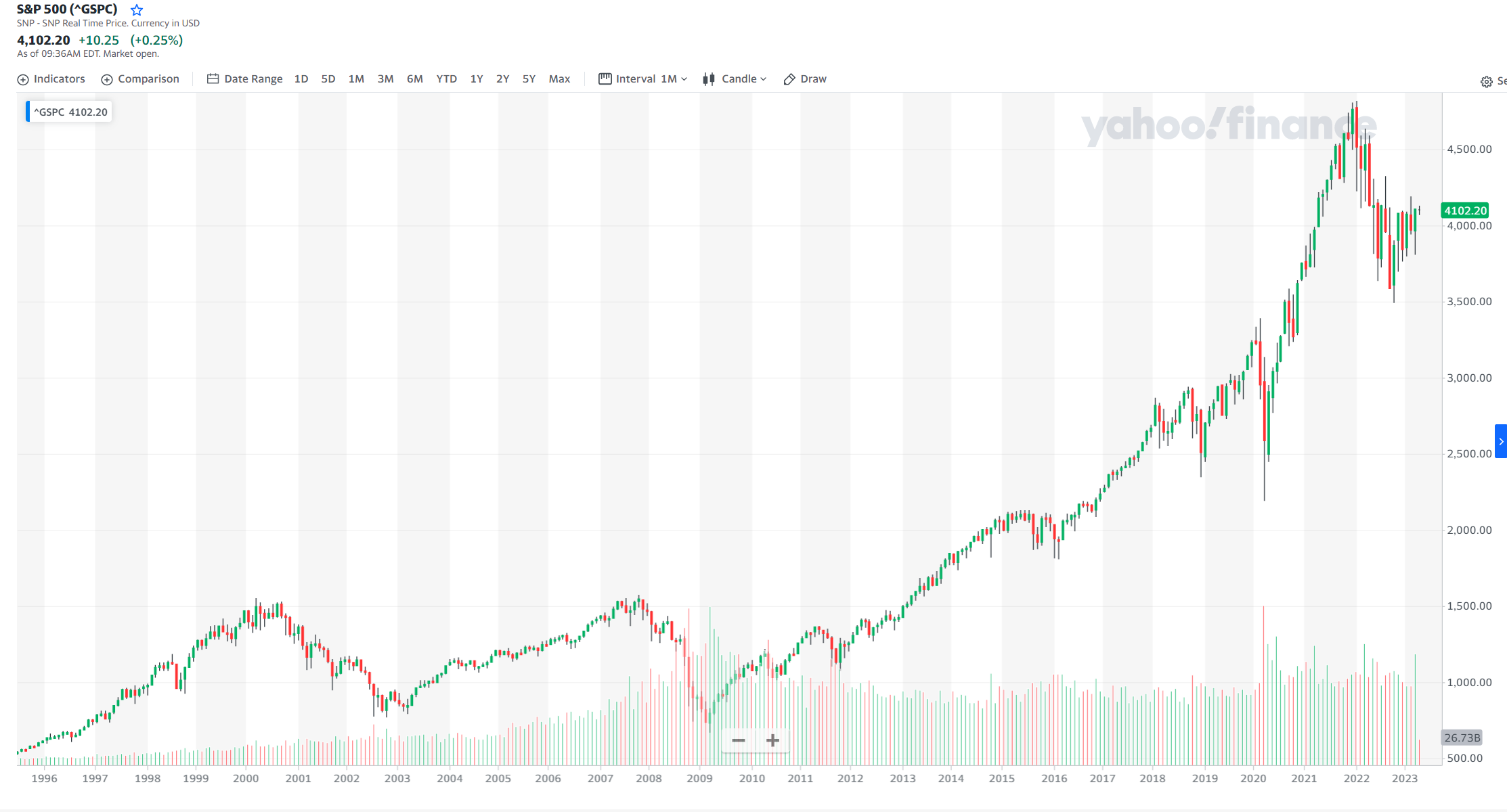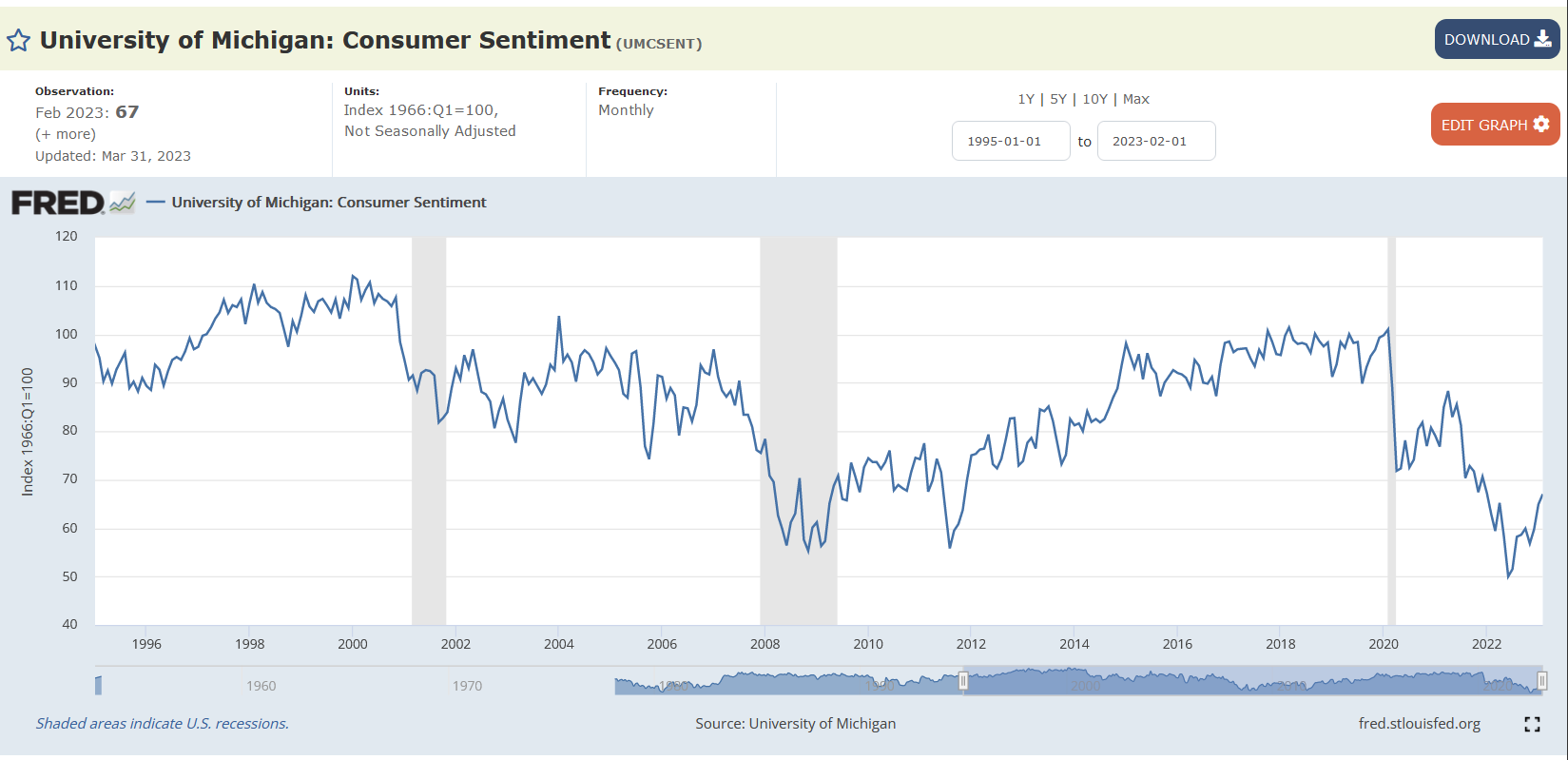What You Need to Know About VIX (CBOE Volatility Index)


We constantly hear from the media (CNBC, if you are a trader) around us about market sentiment. ‘Market sentiment is bad’ or ‘Market sentiment is good’ — we rarely get to hear more about what this sentiment is based on. And when we listen to what constitutes market sentiment, people practically all the time refer to VIX — ‘The Fear Indicator’, as their sentiment indicator.
According to Wikipedia: The CBOE Volatility Index, or VIX, is a real-time market index representing the market’s expectations for volatility over the coming 30 days.
Isn’t it strange that VIX is actually a volatility index, not a sentiment index? However, the prevailing wisdom states, ‘Markets fall 3—4 times faster than they climb’. In that sense, when volatility occurs, it usually indicates a down move.
The statement above is USUALLY true but is NOT true all the time. Let’s have a look at VIX and S&P500 Index (on which VIX is based) SIDE BY SIDE:
As you can see, VIX is USUALLY a good sentiment indicator, except for one notable period from 1996 to 2000. For this period, VIX went up from 10 to 25 while S&P500 went from 560 to 1,450 (a return of 160%!). What could possibly explain that?
VIX is a measure of market volatility. Usually, as the prevailing wisdom suggests, volatility means downside moves. However, sometimes markets panic on the upside — what is called BUYERS PANIC. Thus, above-normal volatility can occur in a rising market as well. Furthermore, as investors in Japanese stocks can ascertain, down moves are usually fast, but NOT always. The first stages of down moves tend to be volatile, but a PROTRACTED bear market can occur while market volatility is NOT elevated (see Nikkei 225).
So, what is good market sentiment? Warren Buffett says it best: ’Conduct your affairs opposite to how others do.’ In our opinion, he means consumer sentiment. Let’s put those graphs — S&P500 and University of Michigan Consumer Sentiment, side by side.
As you can see, an INVERSE relationship exists between consumer sentiment and future market performance. Future performance is good when consumer sentiment is low (like the new 10-year low). When consumer sentiment is high (like a 10-year high), future market performance is terrible.
And as clearly can see from the chart, the University of Michigan’s Consumer Sentiment is at a 30-year low. In our opinion, this bodes very well for the future performance of the S&P500.
Get the trading edge you need in today’s markets – sign up for our monthly newsletter featuring in-depth expert analysis, hot market insights, and exclusive trading strategies.
Sources:
Disclaimer:



